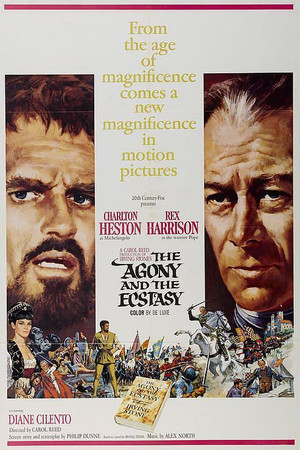
痛苦与狂喜
(1965)The Agony and the Ecstasy
2019-11-06 更新 2019-01-29 创建
导演: 卡罗尔·里德
主演: 查尔登·海斯顿 / 雷克斯·哈里森 / 黛安妮·赛琳托
上映时间: 1965-10-07
又名: 万世千秋
剧情简介
1965美国剧情历史片《痛苦与狂喜》由卡罗尔·里德导演,查尔登·海斯顿主演,影片讲述的是:
This is a fascinating colorful and verywell made film that looks like an epic and is in fact an intelligent drama about sculptorpainter architectpoet Michelangelo Buonarrotti Here portrayed by the much taller Charlton Heston and admirably he is presented as a man who want only to create beauty a man without people skills or interest in much of an...[显示全部]ything elsenot women nor war not the dynastic dreams of menonly the Renaissance idea of utilizing ones abilities He even pays attention to religion only because the world interests him and he equates his heaven with what men can achieveand Earth with the same sort of place he expects to find as an afterlife Carol Reed directed and produced this fascinating look at the Renaissance with its warrior priests its worldly dreamers and its subtle change toward a politics of gunpowder secular pursuits and worldly morality Philp Dunne author of David and Bathsheba wrote this thoughtful spectacle film as well In the cast besides Heston are Rex Harrison as Pope Julius closefisted patron admirer and nemesis Harry Andrews as his rival Bramante Diane Cilento as the woman who would like to love him Alberto Lupo Adolfo Celli Fausto Tozzi and a narration by Marvin Miller The opportunity to see the real landscapes in which Michelangelo was born worked and became inspired is a wonderful one for the viewer the entire Carrara marble quarry section is stunningly beautiful The film has battle scenes able done by Robert D Webb Leon Shamroys cinematography a prelude by Jerrald Goldsmith and sterling music by Alex North production design by John Cuir and Jack Martin Smith and memorable costumes by Vittorio Nino Novarese The basic thrust of the storyline is twofold against the wars conducted by vigorous and alltooworldly Pope Julius the war to win secular hegemony for his Papal rule the countercurrent is Michelangelos desire to further his career in Rome by obtaining a commission from the Pope He does an assignment to refurbish the Sistine Chapel for him But after an attempt at some saints he leaves Rome and flees to his beloved Carrara There surrounded by mountains he has a vision at sunset and suddenly knows what he must do Obtaining Juliuss reluctant permission he sets to work covering that modest ceiling with tremendous figures a bearded Jehovah a recumbent Adam touched to life by a divine spark the worlds most famous fresco painted from a homemade scaffolding in spite of illness missed meals filth deprivation cold an injury that nearly costs him his eye and more including the Popes indifference to his intense passion for his art Michelangelo endures When will you make an end Julius cries When I have done the artist insists And at the end Julius beaten on the field of battle admits he may also have been wrong about the ceilingthat his fostering of Michelangelos work may be the most important thing he has ever done Of course the puritans of the era object to the nakedness the artist has depicted but Michelangelo says he painted people as God made them The movie based on the biography The Agony and the Ecstacy by Irving Stone here concentrates on a seminal moment in the great artists career He may be a sculptor as he insists but after seeing this moving and fascinating film no one can doubt that he is also a stubborn and singleminded manand a painter of genius Most underrated often fascinating fictionalized biography Heston and Harrison are good everyone else good as well Worth seeing many times if only for Dunnes dialogue and the scenery
下载地址




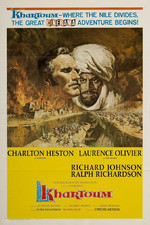
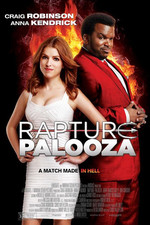
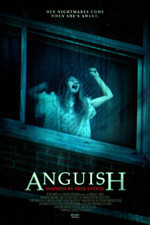


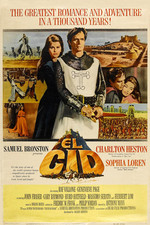
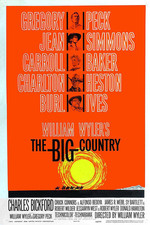
 来信,我们会及时处理和回复,谢谢
来信,我们会及时处理和回复,谢谢